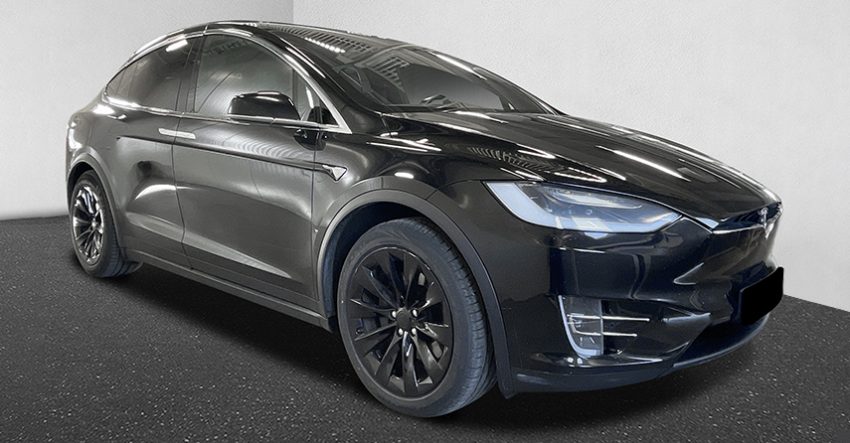Car photo editing services encompass the enhancement and retouching of automobile images to render them visually captivating, appealing, and marketable. The primary objective is the enhancement of the car’s overall aesthetics, eliminating flaws, and crafting top-notch visuals that captivate potential purchasers.
The goal of these services is to produce striking and enticing images that spotlight the vehicle’s attributes and entice potential buyers. Through the refinement of colors, the elimination of blemishes, and the guarantee of a pristine and expertly polished display, these services play a pivotal role in bolstering the marketing and sales endeavors of car dealerships, manufacturers, and automotive professionals.
Types of Car Photo Editing
Numerous car photo editing techniques are frequently employed to enhance car images to meet the specific requirements of car dealers. Below, we outline some of these techniques:
Color Correction:
Color correction serves as a foundational element within the realm of car photo editing. This essential process entails the fine-tuning of various color attributes, including color balance, saturation, contrast, and other critical parameters. Its primary aim is to guarantee a precise and faithful depiction of the car’s true colors. This encompasses rectifying white balance issues, amplifying specific colors to accentuate their prominence, or even achieving a specific color grading style to impart a distinctive visual tone.
Background Removal or Replacement:
Car images frequently necessitate background manipulation to establish a cleaner and more focused presentation. This manipulation can take two primary forms:
Background Removal: This process entails the isolation of the car from its initial background. It’s achieved through techniques like clipping path or advanced masking, allowing the car to be cleanly separated from its surroundings, resulting in a transparent or blank background.
Background Replacement: In this approach, the original background is substituted with a more suitable one. The replacement could be a solid color, a natural environment, or a custom backdrop that complements the car’s aesthetics or marketing goals. This technique is often used to create visually appealing settings that enhance the car’s appeal.
Retouching and Cleanup:
Retouching stands as a pivotal phase within car photo editing, essential for eliminating imperfections and elevating the overall visual appeal of the vehicle. This intricate process encompasses several key actions:
Imperfection Removal: Addressing imperfections like scratches, dust, blemishes, or any other distracting elements on the car’s surface to achieve a pristine look.
Surface Smoothing: Smoothing out body curves and contours, ensuring a flawless and uniform appearance.
Detail Refinement: Enhancing and sharpening intricate details such as logos, badges, and interior features to make them stand out and appear more defined.
Paintwork Enhancement: Improving the car’s paintwork, including color consistency and shine, to create a lustrous and captivating finish.
The ultimate goal of retouching in car photo editing is to produce an image that showcases the vehicle in its most impeccable form, enticing potential buyers and presenting a flawless representation of the car’s aesthetics.
Reflection and Shadow Enhancement:
The incorporation of natural-looking reflections and shadows into a car image serves to elevate its realism and depth significantly. This enhancement process encompasses two critical elements:
Reflection Enhancement: This technique involves the creation or amplification of reflections on the car’s surface, simulating the effect of it reflecting its immediate environment. These reflections add authenticity by mimicking the surroundings, contributing to a more convincing visual representation.
Shadow Enhancement: Here, shadows are added to align with the prevailing lighting conditions, ensuring that the car appears firmly anchored and seamlessly integrated within the image. These shadows lend a sense of depth and connection, making the car feel like an organic part of the scene.
Together, reflection and shadow enhancement play a pivotal role in imbuing car images with a heightened sense of realism and three-dimensionality, enhancing their overall visual impact.
Object Removal:
In car photo editing, it’s not uncommon to encounter unwanted objects or distractions within the frame. To maintain the primary focus squarely on the car, the process of object removal comes into play. This technique involves the digital erasure or elimination of these extraneous elements from the image, ensuring that the viewer’s attention is directed exclusively towards the car’s features and presentation.
Perspective Correction:
Perspective correction is an indispensable tool in the realm of car photo editing. Its purpose is to rectify any distortions or skewed angles present in car images, guaranteeing that the car appears properly proportioned and correctly aligned. This correction is especially valuable when working with images captured from various angles or those taken with wide-angle lenses, as it helps maintain the car’s true and accurate representation.
Also Read: Top Free Photo Editing Tools
Top 10 Vector Conversion Service Providers in Chicago
Adding Special Effects:
Car photo editing can transcend the realm of standard enhancements and include the incorporation of special effects, thereby generating a distinctive visual impact. These effects are often used to infuse creativity and uniqueness into the image:
Motion Blur: Simulating speed and movement by adding blur to certain parts of the image, such as the background or wheels, to convey a sense of dynamism.
Lens Flares: Introducing lens flares to create a dynamic and captivating look, often associated with intense lighting or dramatic scenes.
Creative Filters: Applying artistic filters or effects to evoke a specific mood or style, such as vintage, retro, or futuristic themes.
Lighting Effects: Enhancing or manipulating lighting elements to generate dramatic highlights, shadows, or reflections, resulting in a visually striking image.
Weather Effects: Introducing rain, snow, or fog to evoke specific atmospheric conditions or moods in the image.
By adding these special effects, car photo editing can transform a standard image into a visually engaging and unique piece of automotive art, captivating viewers and conveying a particular narrative or emotion.
Image Enhancement and Optimization:
Following the editing process, car images undergo optimization to cater to particular objectives and platforms. This optimization encompasses various tasks:
Resizing: Adjusting the images to the appropriate dimensions, ensuring they align with the requirements of specific platforms, be it for online listings, advertisements, print materials, or other marketing channels.
File Size Optimization: Striking a balance between image quality and file size, aiming to keep images as compact as possible while retaining their visual appeal and detail.
Format Conversion: Converting images to the most suitable file formats for the intended use, such as JPEG for online use or TIFF for high-quality printing.
Color Profile Adjustments: Fine-tuning color profiles to ensure consistency across different devices and printing processes.
Metadata Embedding: Including relevant metadata like vehicle details, copyright information, and keywords to enhance the image’s discoverability and usefulness.
Watermarking: If necessary, adding watermarks or branding elements to protect intellectual property or establish ownership.
These are indeed common types of car photo editing techniques, and the choice of which to use depends on specific requirements, client preferences, and the desired outcome. By skillfully combining these techniques, car photo editors can create stunning and compelling car images that not only attract potential buyers but also effectively showcase the vehicle’s features in a manner tailored to the intended audience and purpose.




